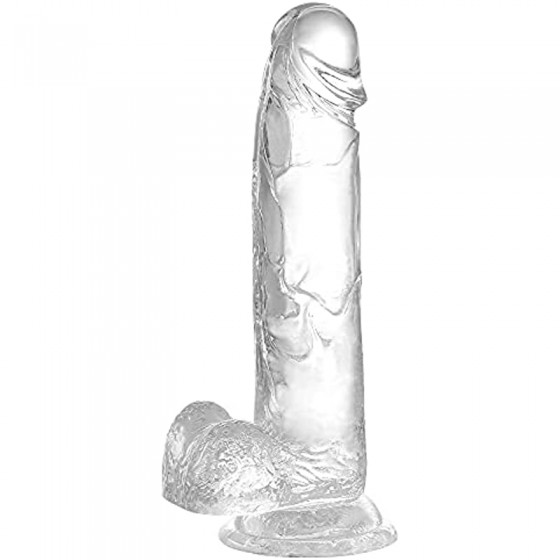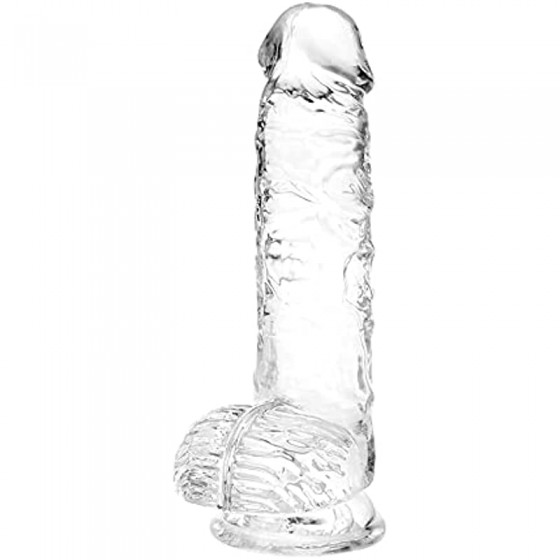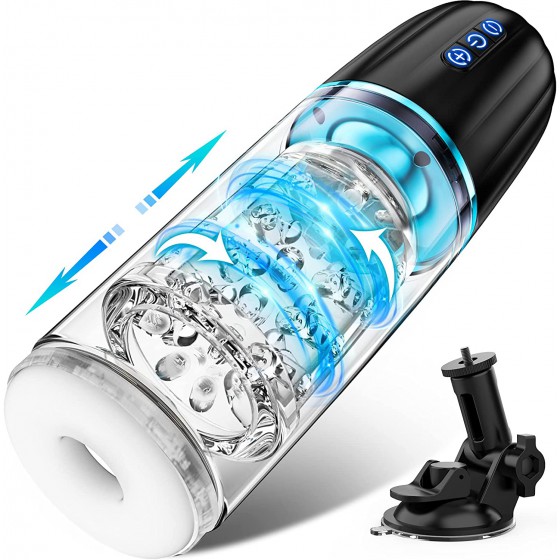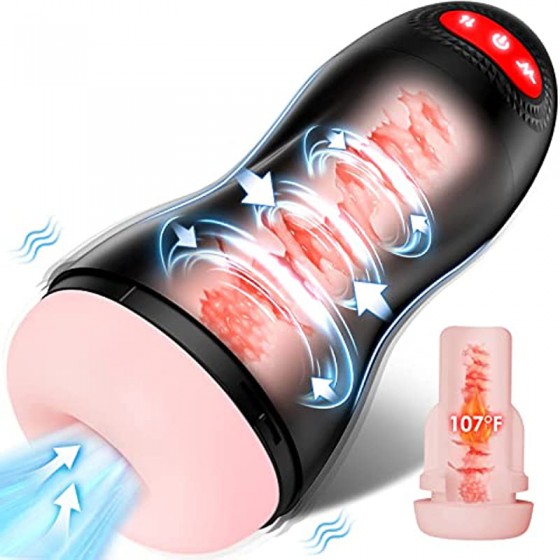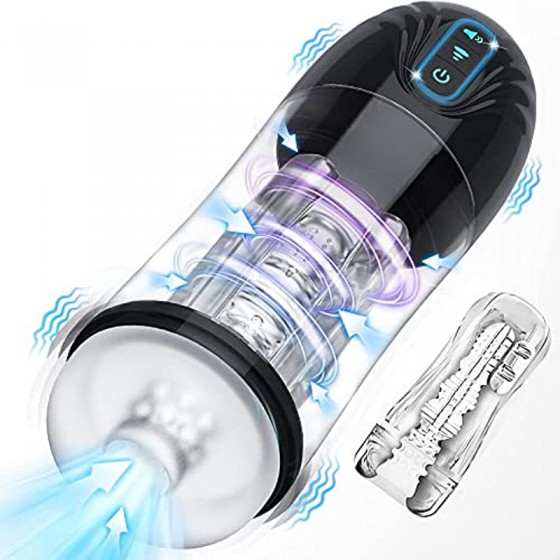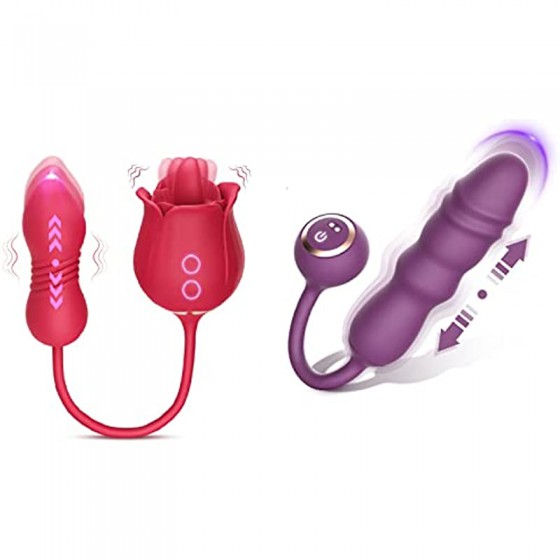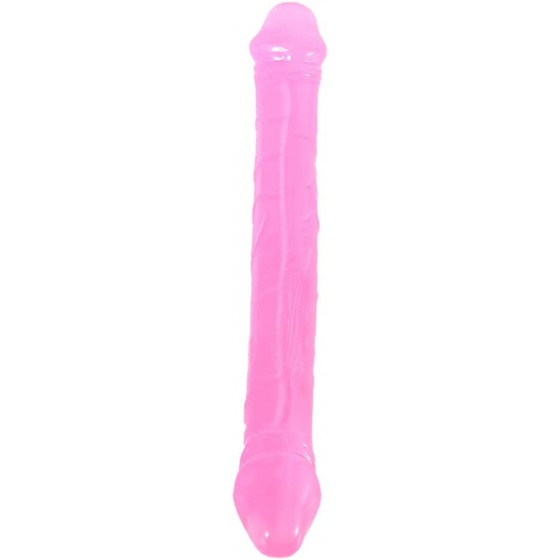Dysmenorrhea can be divided into two conditions. 5 reasons can cause dysmenorrhea.
Dysmenorrhea is a common phenomenon that mainly occurs before and after women’s menstruation. It is a phenomenon that requires our attention, and we must actively identify the cause and take reasonable prevention in daily life. The following is Get up and find out.
Types of dysmenorrhea
1. Dysmenorrhea is divided into two types: primary and secondary.
Secondary dysmenorrhea occurs 2 years after menarche. The age and course of dysmenorrhea vary with different diseases, and the morning and evening of dysmenorrhea also vary.
2. Traditional Chinese medicine generally divides dysmenorrhea into two types: deficiency and excess:
The first is empirical evidence: syndromes of qi stagnation and blood stasis are mostly premenstrual or painful at the beginning. For example, there is distension and pain in the lower abdomen, poor menstruation, scanty menstruation, purple color with dark clots, abdominal pain is relieved after the blood clots are discharged, chest and hypochondrium breast swelling or pain; cold-damp stagnation syndrome, mostly premenstrual, or pain at the beginning. Cold pain in the lower abdomen, pain extending to the waist and spine, which is relieved by heat, small menstrual flow, dark color and lumps.
The second is deficiency syndrome: it is usually at the end of menstruation, with pain in the lower abdomen after menstruation. The pain is lingering and likes to be warmed and pressed. The color of menstruation is light and the amount is small. The menstrual serum is thin. In severe cases, it is afraid of cold, pale complexion, palpitation, and dizziness.
Causes of dysmenorrhea
1. Overwork and tension
If a woman does some tiring work for a long time and her body is in a state of fatigue for a long time, it will also cause dysmenorrhea. In particular, some women have a fear of dysmenorrhea. If they are often mentally stressed, it will trigger and aggravate the symptoms of dysmenorrhea.
2. Hormonal effects
In most cases, menstruation occurs about two weeks after the ovary ovulates. After the ovary ovulates, the corpus luteum will gradually be produced, and the corpus luteum can secrete progesterone. If too much progesterone is produced, the cervix will contract violently, causing menstrual blood to flow out of the uterus. Too much menstrual blood in the uterus will stimulate the uterus and cause strong uterine contractions, causing pain.
3. Mental stress
For many female friends, when menstruation comes, they will feel particularly irritable, nervous, anxious and fearful, so they are also more sensitive to pain than ordinary women. Even the slightest discomfort can affect them. As their spirits become more and more tense, their pain becomes more and more severe, and this pain is caused by their psychological effects.
4. The body is cold
If a woman's body is invaded by cold air and the cold air remains trapped in the body and cannot be expelled, it will easily lead to poor blood flow, causing symptoms of uterine cold, which may lead to dysmenorrhea over time.
5. Inflammation
Some women do not pay much attention to genital hygiene and do not pay attention to hygiene during childbirth and sexual life, resulting in inflammation of the vagina and uterus. If these inflammations are not treated in time, they can easily cause dysmenorrhea.
These methods can prevent and treat dysmenorrhea
1. Maintain a balanced diet: Eat less sweet or salty foods, as they will make you bloated and sluggish. Eat more vegetables, fruits, chicken, and fish, and eat as many meals as possible.
2. Take vitamins: Many patients rarely experience menstrual pain after taking appropriate amounts of vitamins and minerals every day. Therefore, it is recommended to take multivitamins and minerals, preferably those containing calcium and in low doses, which can be taken several times a day.
3. Supplement minerals: Calcium, potassium and magnesium minerals can also help relieve menstrual pain. Experts have found that women who take calcium have less menstrual cramps than those who don't. Magnesium is also important because it helps the body absorb calcium efficiently. You may wish to increase your calcium and magnesium intake before and during menstruation.
4. Eat less food: coffee, tea, and chocolate can make you nervous and may contribute to discomfort during menstruation. The oil contained in coffee can also irritate the small intestine.
5. No alcohol: If you are prone to edema during menstruation, drinking alcohol will aggravate the problem.
6. Do not use antiuretics: Many women think that diuretics can reduce the swelling and discomfort of menstruation. In fact, diuretics will excrete important minerals together with water from the body, so they should reduce the intake of salt and alcohol that will retain water in the body. substance.
7. Keep warm: Keeping the body warm will accelerate blood circulation and relax muscles, especially in the pelvic area with spasm and congestion. You should drink more hot water. You can also place a hot compress or hot water bottle on the abdomen for several minutes at a time, or use moxa sticks. Burning the lower abdomen.
8. Take a mineral bath: Add 1 cup of salt and 1 cup of sodium bicarbonate to the bathtub. Soaking in warm water for 20 minutes can help relax muscles and relieve menstrual pain.
9. Exercise: Especially on the eve of menstruation, walking more or engaging in other moderate exercises will make you more comfortable during menstruation.
10. Practice yoga: Practicing yoga can also have a relaxing effect, such as bending your knees and sitting on your heels. Place your forehead on the floor and stretch your arms by your sides. Stay in this position until you feel uncomfortable.
11. Take painkillers: When menstrual pain begins, take painkillers (such as Tylenol) with milk or food. Effective painkillers will take effect after 20 to 30 minutes and last for 12 hours without pain.






